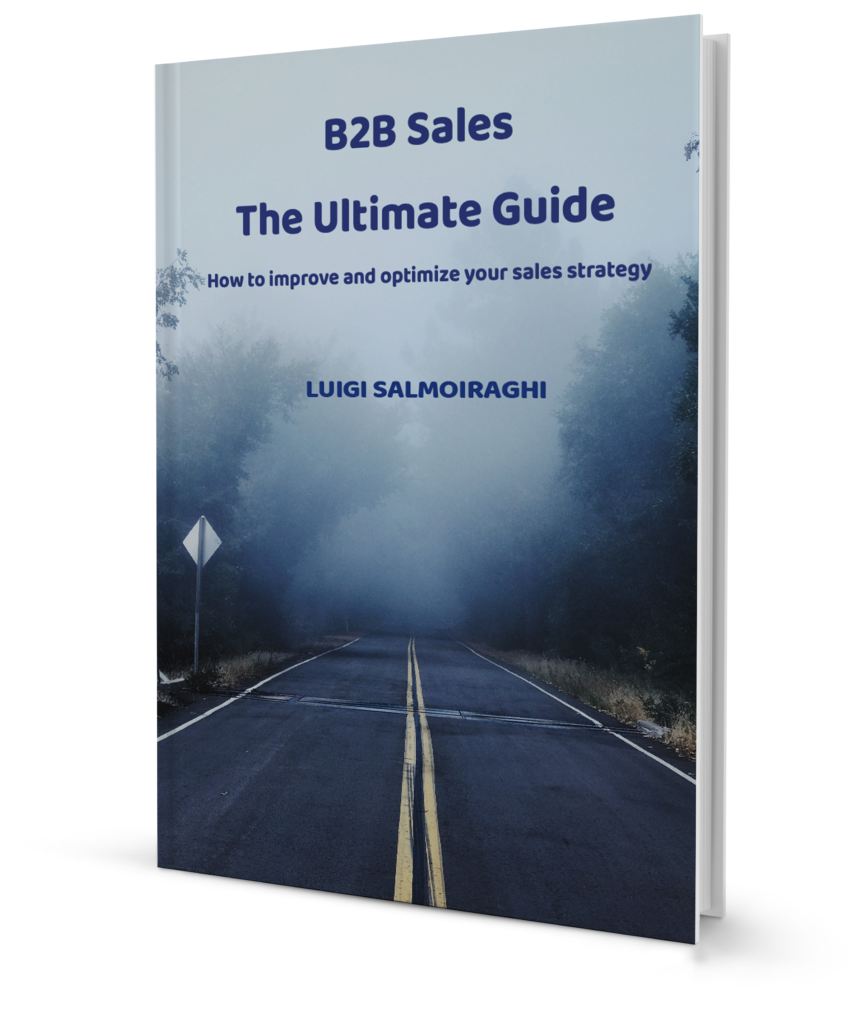

The DIKW model is a robust framework for understanding how information evolves from raw data into actionable wisdom. Each letter in the acronym represents a distinct stage, forming a pyramid of knowledge progression.
At the base of the pyramid lies “data”.
Imagine it as the raw material—an unrefined collection of facts, figures, and observations. Data can be sourced from various channels, such as sensors, databases, or user interactions. However, in its raw form, data lacks context and meaning. It’s like a jigsaw puzzle with scattered pieces waiting to be assembled.
As we ascend the pyramid, we encounter “information”.
Here, data transforms. It is organized, structured, and contextualized. Think of it as assembling those puzzle pieces into a coherent picture. Information answers questions like “What?” and “How?” For instance:
Climbing higher, we reach the level of “knowledge”.
Knowledge emerges when we analyze and interpret information. It’s not just about knowing facts; it’s about understanding patterns, relationships, and implications. Knowledge addresses questions like “Why?” and “What if?” Examples include:
Finally, at the pyramid’s pinnacle, we find “wisdom”.
Wisdom transcends knowledge. It involves applying experience, intuition, and judgment to make informed decisions. Wisdom asks, “What’s the best course of action?” and “What matters most?” Some instances of wisdom include:
In data science and big data analytics, the DIKW pyramid plays a crucial role. Let’s explore how:
So, next time you encounter data, remember the DIKW pyramid—a journey from raw facts to enlightened decisions.
The DIKW model is a robust framework for understanding how information evolves from raw data into actionable wisdom. Each letter in the acronym represents a distinct stage, forming a pyramid of knowledge progression.
At the base of the pyramid lies “data”.
Imagine it as the raw material—an unrefined collection of facts, figures, and observations. Data can be sourced from various channels, such as sensors, databases, or user interactions. However, in its raw form, data lacks context and meaning. It’s like a jigsaw puzzle with scattered pieces waiting to be assembled.
As we ascend the pyramid, we encounter “information”.
Here, data transforms. It is organized, structured, and contextualized. Think of it as assembling those puzzle pieces into a coherent picture. Information answers questions like “What?” and “How?” For instance:
Climbing higher, we reach the level of “knowledge”.
Knowledge emerges when we analyze and interpret information. It’s not just about knowing facts; it’s about understanding patterns, relationships, and implications. Knowledge addresses questions like “Why?” and “What if?” Examples include:
Finally, at the pyramid’s pinnacle, we find “wisdom”.
Wisdom transcends knowledge. It involves applying experience, intuition, and judgment to make informed decisions. Wisdom asks, “What’s the best course of action?” and “What matters most?” Some instances of wisdom include:
In data science and big data analytics, the DIKW pyramid plays a crucial role. Let’s explore how:
So, next time you encounter data, remember the DIKW pyramid—a journey from raw facts to enlightened decisions.



